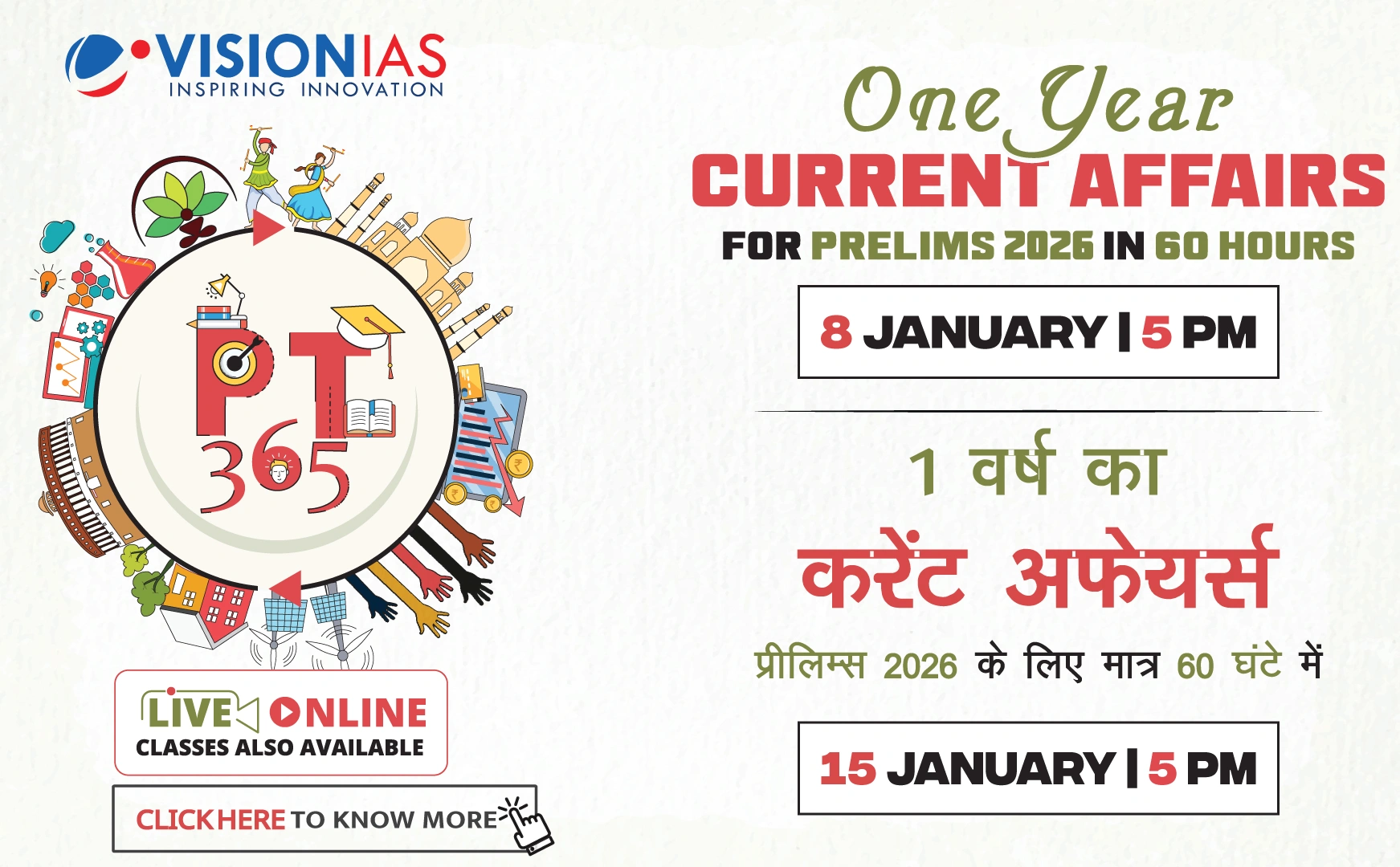S&P India Rating Upgrade
The recent upgrade of India's sovereign rating by S&P Global Ratings from BBB- to BBB is significant for two main reasons: it marks the first upgrade in nearly two decades and has meaningful implications for the Indian economy.
India's Pursuit for a Higher Rating
- The Indian government has persistently advocated for higher ratings from global agencies like S&P, Moody's, and Fitch Ratings, arguing that current evaluations do not accurately reflect India's economic fundamentals.
- The 2020-21 Economic Survey even included a chapter titled ‘Does India’s Sovereign Credit Rating Reflect Its Fundamentals? No!’ highlighting this issue.
Reasons for the Upgrade
- Clarity on Government's Finances: The Indian government's fiscal deficit has been reduced significantly, from 9.2% in 2020-21 to a targeted 4.4% in 2025-26. The goal is to further reduce the debt-to-GDP ratio from 57.1% in 2024-25 to 49-51% by 2030-31.
- Growth: Despite a projected GDP growth dip to 6.5% in 2024-25, India remains one of the fastest-growing large economies globally.
- Inflation: S&P commended the Reserve Bank of India's inflation management, noting India's headline inflation rate had fallen to 1.55% in July, the lowest since mid-2017.
Implications of a Higher Credit Rating
- Creditworthiness: A higher rating suggests better repayment likelihood, reducing borrowing costs for the government.
- Attracting Investments: A higher rating can attract global funds, lowering funding costs for corporates, especially those borrowing internationally.
S&P's Rating Scale and India's Position
- India's rating remains in the BBB category, moving from the lowest edge (BBB-) to a more secure position (BBB), with the next goal being BBB+.
- In the investment grade, the steps are BBB, A, AA, and AAA, with AAA indicating "extremely strong capacity to meet financial commitments."
Comparison with Other Countries
- Countries like Greece, Mexico, and Indonesia share the BBB rating with India.
- Countries with a BBB+ rating include Botswana, Bulgaria, Italy, and the Philippines.
- Rich countries such as Australia, Canada, Denmark, and Germany hold the top AAA rating.
Future Prospects
- India could see further rating upgrades if the combined fiscal deficit of the Centre and states falls below 6% of GDP structurally, a challenging target as S&P expects the deficit to decline to 6.6% by 2028-29 from 7.8% in 2024-25.



